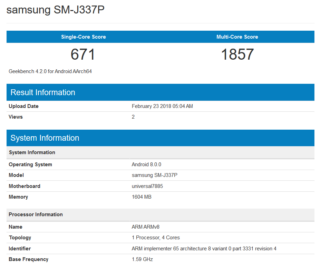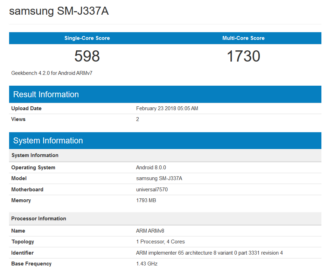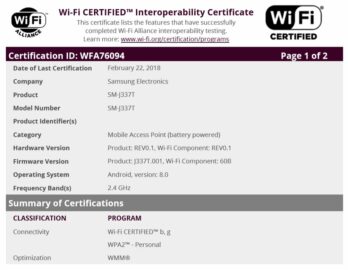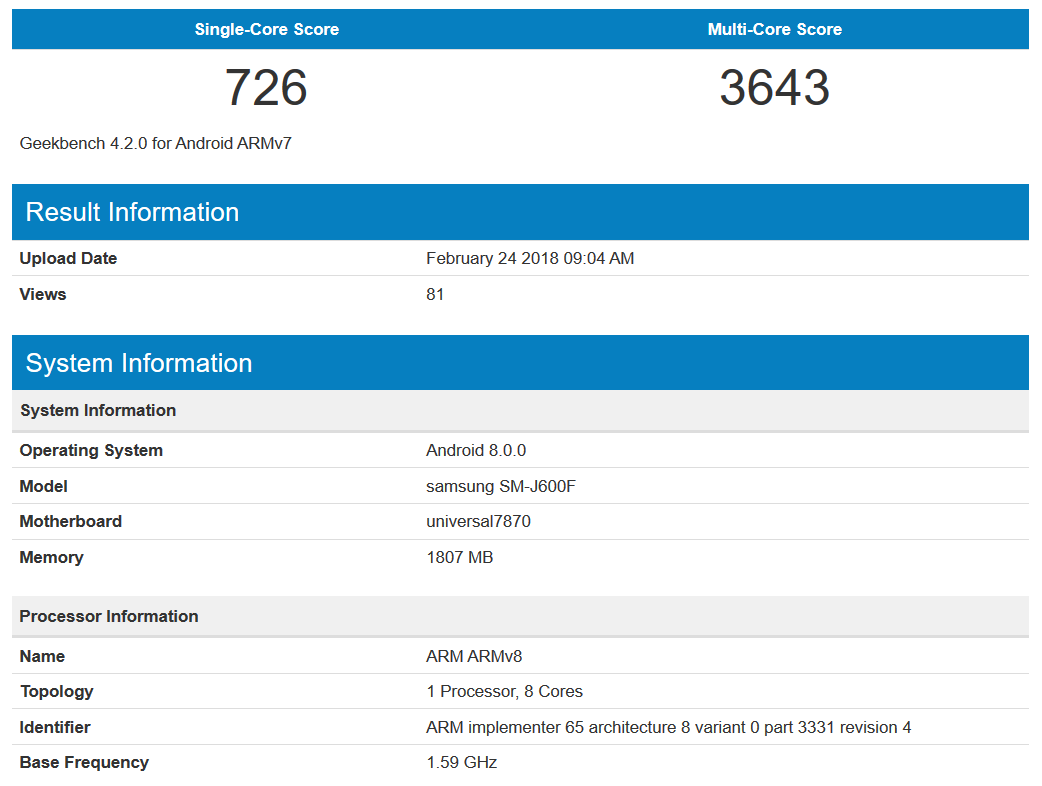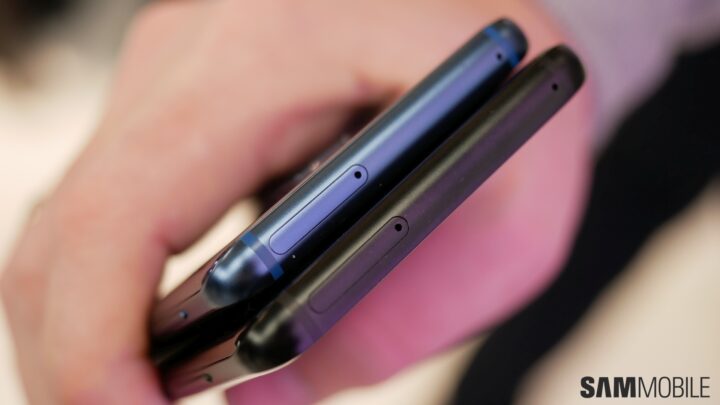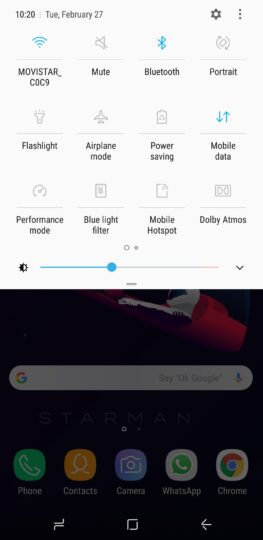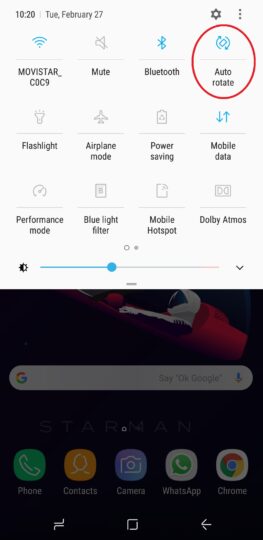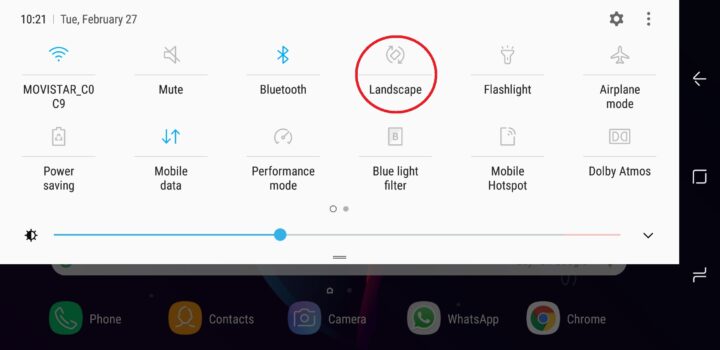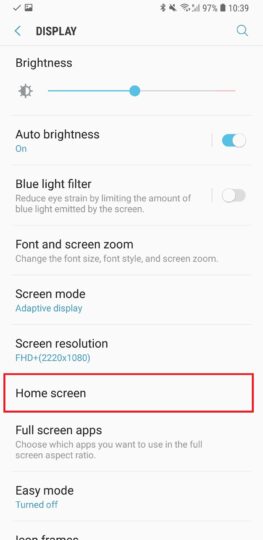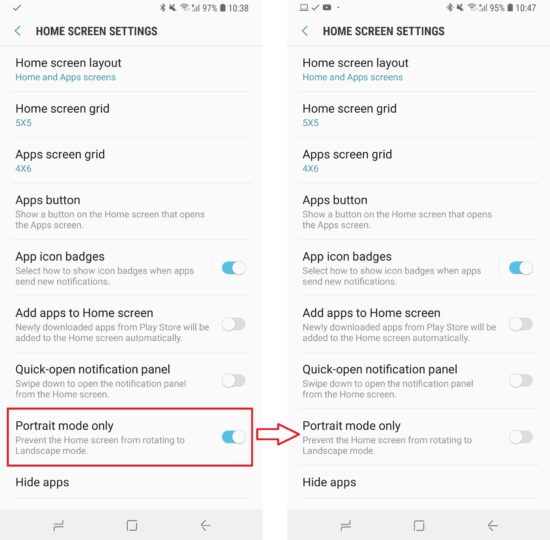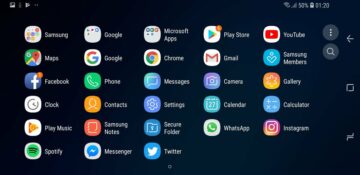Between the adjustable aperture and the option to record “super” slow-motion videos, it’s hard to say which of the two Galaxy S9 camera features Samsung is prouder of. For the regular consumer, slow-motion videos make for better marketing material, and Samsung has certainly not been shy about touting how its new flagships can take awesome slow-mo clips. For those who haven’t been keeping up, the Galaxy S9 and Galaxy S9+ can take slow-motion videos at 960 frames per second – that’s the slowest you can go on any smartphone out there with a motion detection feature that automatically captures slow-mo clips every time there’s movement in the frame.
Galaxy S9 super slow-mo videos
That’s not all. The camera also adds a music track to every slow-motion video, with the option for you to choose between various preloaded tracks or your own music. We’ll be holding back a detailed look at the Galaxy S9 and S9+’ slow-motion capabilities for our review, but that doesn’t mean you have to wait to catch a few real-life examples of slow-motion videos recorded by the new Samsung flagships. We’ve managed to capture a couple of super slow-mo videos around the streets of Barcelona, and they’re embedded below for your viewing pleasure. Check them out and let us know your thoughts down in the comments section!
If you haven’t already, read our hands-on experience and also check out some high-resolution photos of the Galaxy S9 and the Galaxy S9+. Also read how Samsung went about making the Galaxy S9 and S9+ more durable compared to the company’s previous flagships. We also have a few deals that you can take advantage of to get discounts and other bonuses on the S9 or S9+, sorted by country.
Last but not the least, the official wallpapers from the Galaxy S9 are available as well. For other coverage on the new phones, we have a list of all our articles in this post, so go ahead and get up to speed with what the latest and greatest Galaxy flagships offer.
The post See some Galaxy S9 super slow-mo videos here! appeared first on SamMobile.
from SamMobile http://ift.tt/2BU3LS7
via IFTTT


